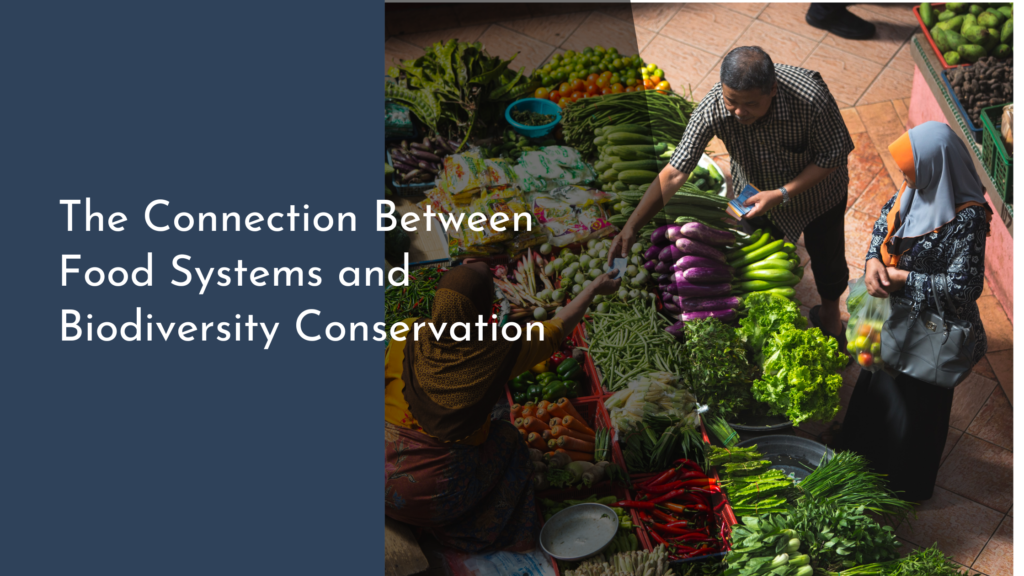Agroforestry in Enhancing Ground Cover Vegetation
Agroforestry represents a harmonious blend of agriculture and forestry, creating a sustainable land-use system that benefits both farmers and the environment. This innovative approach integrates trees and shrubs into agricultural landscapes, promoting ecological balance while enhancing productivity. One of the critical components of agroforestry is ground cover vegetation, which plays a vital role in maintaining soil health, managing water resources, and fostering biodiversity. This article will explore the significance of ground cover in agroforestry systems and provide practical tips for implementation.
Understanding Agroforestry: A Green Path to Sustainability
Agroforestry is much more than planting trees alongside crops; it represents a holistic approach to land management that prioritizes environmental health and agricultural resilience. By integrating trees, shrubs, and other perennial plants into farming systems, agroforestry enhances soil structure and fertility, reduces erosion, and improves water retention. This method empowers farmers to diversify their income sources while promoting sustainable practices that can withstand the pressures of climate change.
Moreover, agroforestry contributes to carbon sequestration, thereby playing a pivotal role in mitigating climate change. By capturing atmospheric carbon in biomass and soil, agroforestry systems help create a more stable climate for future generations. Ground cover vegetation, a crucial element of these systems, not only complements tree and crop growth but also serves as a protective layer for the soil, ensuring that agroforestry stands as a green path to a sustainable future.
Benefits of Ground Cover Vegetation in Agroforestry Systems
Ground cover vegetation offers numerous benefits that enhance the overall health and productivity of agroforestry systems. First and foremost, it plays a significant role in reducing soil erosion by stabilizing the topsoil and preventing runoff during heavy rains. The roots of ground cover plants bind the soil together, allowing for better water infiltration and minimizing the loss of valuable topsoil. This is especially important in hilly or sloped areas, where erosion can be a significant challenge for farmers.
In addition to erosion control, ground cover vegetation aids in weed suppression by outcompeting unwanted plants for resources such as sunlight, water, and nutrients. This natural weed control reduces the need for chemical herbicides, promoting healthier ecosystems and lowering production costs for farmers. Furthermore, ground cover plants can enhance soil fertility through the addition of organic matter as they decompose, leading to improved crop yields in the long run.
Enhancing Biodiversity: The Role of Ground Cover Plants
Biodiversity is a cornerstone of resilient agroecosystems, and ground cover plants play a pivotal role in enhancing this diversity. By creating a rich tapestry of vegetation, farmers can support various wildlife, including pollinators, beneficial insects, and other organisms that contribute to ecosystem balance. Ground cover plants provide habitats and food sources for these creatures, promoting a healthy environment that supports both agricultural and ecological goals.
Additionally, ground cover vegetation can enhance soil biodiversity by providing microhabitats for earthworms, microbes, and other soil organisms. A diverse soil ecosystem is essential for nutrient cycling, pest control, and plant health. The symbiotic relationships formed between ground cover plants and soil organisms contribute to a thriving agricultural landscape, making biodiversity a vital asset in agroforestry systems.
Tips for Implementing Effective Ground Cover in Farms
Implementing effective ground cover in agroforestry systems requires careful planning and consideration of the existing ecosystem. One of the first steps is to choose appropriate ground cover species that are well-suited to the local climate, soil type, and the primary crops being grown. Native species often provide the best results as they are adapted to local conditions and can thrive without excessive inputs. Farmers should also consider planting a mix of species to maximize benefits, including legumes that can fix nitrogen in the soil and other plants that can provide habitat for beneficial insects.
Regular maintenance is crucial for the successful establishment of ground cover. This may include controlling the initial growth of ground cover plants to prevent competition with main crops, ensuring water availability, and monitoring for pests and diseases. Farmers can also utilize intercropping techniques, where ground cover species are planted alongside main crops, to optimize space and resources. With proper management and a thoughtful selection of species, ground cover vegetation can significantly enhance the productivity and sustainability of agroforestry systems.
In summary, agroforestry serves as a powerful strategy for sustainable agriculture, and ground cover vegetation plays an indispensable role in this system. By improving soil health, supporting biodiversity, and offering natural solutions for weed control, ground cover plants contribute to the overall resilience of farming landscapes. As we continue to face environmental challenges, embracing agroforestry and its benefits can pave the way for a greener, more sustainable future. Farmers, researchers, and policymakers alike should champion these practices to ensure that agroforestry remains a viable path toward ecological and agricultural harmony.

